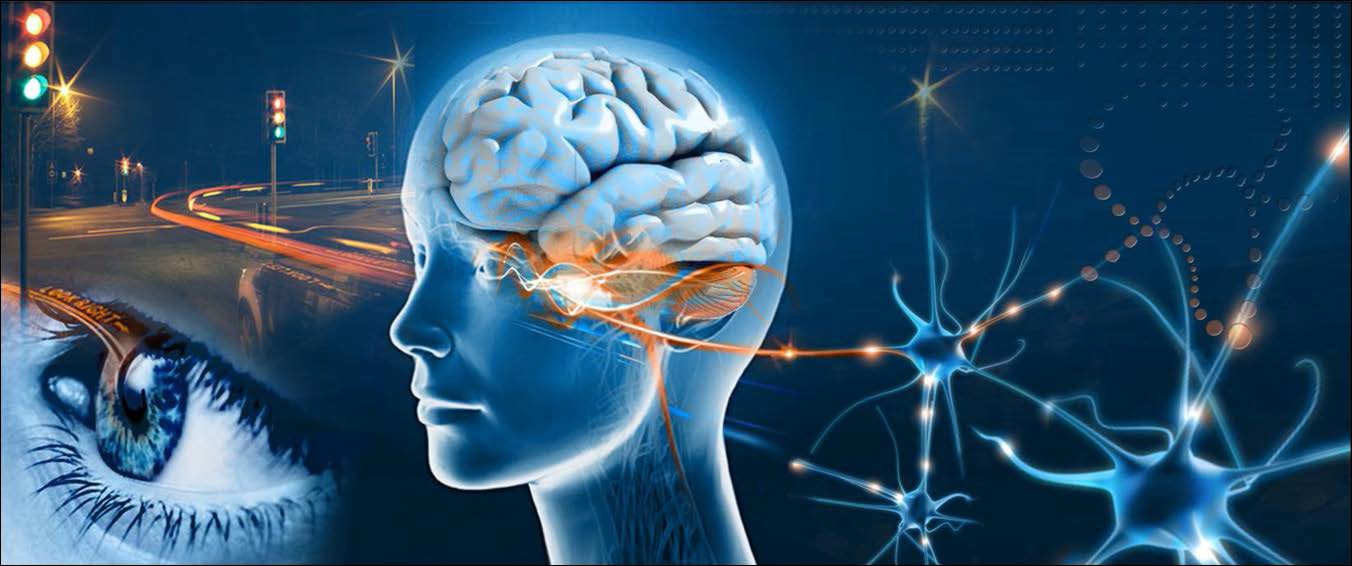Understanding Visual Processing
Visual processing involves making sense of what you see. This is vital for school skills such as reading, writing and math. They also impact life skills like reading signs and maps, finding objects in a busy space, and taking part in hobbies and crafts.
When visual processing has not developed properly, the child may still learn to read and write, but it can take a lot of cognitive effort and may slow down the learning process.
Signs of Possible Visual Processing Delays
Struggles to copy words or drawings accurately
Quality of written work is poor despite adequate fine motor skills
Avoids puzzles, mazes and other “visual perception” activities
Letters or words are reversed or inverted when reading and/or when writing (this is normal for young children but not for a 10-year-old)
Does not see the difference between similar numbers or letters
Struggles to learn letters and numbers, can’t make sense of letters and numbers
Very poor reader – struggles to remember sight words or to identify letters in order to blend
These are the multiple areas of visual processing to better understand:
Form Constancy
What it is: the ability to recognize and label an object correctly even when it is viewed from a different perspective, or even if the color and size are different.
Kids with delays may struggle to: recognize numbers and letters when the font changes, or when they are presented in a different context (e.g. when they see them in the playground instead of in the classroom).
Helpful activities: copy block designs, construction-type activities, understanding what makes a shape special, tactile perception activities, picture books, I Spy, identifying same objects viewed from different perspectives
Visual Discrimination
What it is: the ability to see subtle differences and to see if something matches up or if it does not belong.
Young kids with delays may struggle to: match clothing, socks, or cutlery, especially when the differences are subtle, and may not see the difference between similar objects. They miss out on small details in pictures and books,
School-going kids with delays may struggle to: see differences between similar looking letters and words (e.g. b / d, b /p, 5/S, won’t/want, car/cat).
Helpful activities: “grade” a paper, use a popsicle stick for spacing, spot-the-difference activities, sorting activities, puzzles, matching cards
Figure-Ground Perception
What it is: the ability to visually focus on one specific piece of information in a busy background.
Kids with delays may struggle to: find information on a busy blackboard and find words in a dictionary. Map skills may be poor. They may also lose their place when reading or copying work.
Helpful activities: laundry games, sorting objects, I Spy, puzzles, seek and find books, spot-the-difference, mazes, word searches, color-by-number, bingo
Visual Closure
What it is: the ability to correctly perceive an object or word, even when it is partly hidden.
Kids with delays may struggle to: make sense of smudged words and different fonts. They may find it hard to read messy or cursive writing and can’t make sense of road signs that are partly obscured.
Helpful activities: identify partially hidden toys or shapes, visual recognition worksheets, puzzles, mazes
Visual Memory
What it is: the ability to recall the visual details of what you have seen.
Kids with delays may struggle to: copy words and sentences quickly as they can only memorize one letter at a time. They may struggle with basic phonics, easily forgetting what the letter for a particular sound looks like. They may struggle to learn sight words.
Helpful activities: draw letters with eyes closed, form letters and shapes out of pipe cleaners, concentration/memory games
Visual Sequential Memory
What it is: the ability to remember the visual details in the correct sequence.
Kids with delays may struggle with: spelling and reading, where the correct sequence of letters must be recalled. When doing multiple digit addition and subtraction, visual sequential memory is essential to aid in the correct copying of the digits from the board or from a book.
Helpful activities: word searches, bingo, matching cards, memory games
If you feel your child is struggling with any of these elements, please contact Kids Place for an occupational therapy evaluation to determine if ongoing therapy is beneficial.







